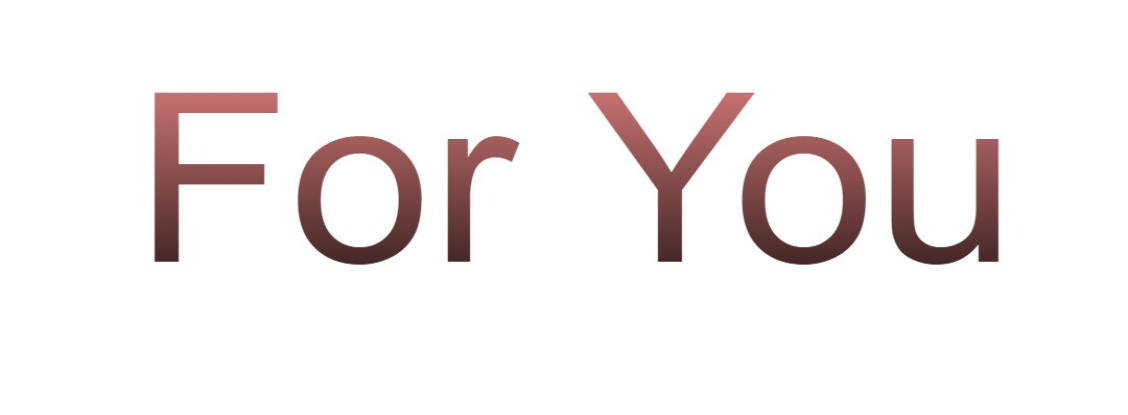Unknown Secrets of Ukraine
Ukraine sometimes called Ukraine, is a sovereign state in Eastern Europe, bordered by Russia to the east and northeast; Belarus to the northwest; Poland, Hungary, and Slovakia to the west; Romania and Moldova to the southwest; and the Black Sea and the Sea of Azov to the south and southeast, respectively
The National bird of Ukraine
The National Animal of Ukraine
The National flower of Ukraine
The National Sport of Ukraine football
The National Poet of Ukraine
The National colors of Ukraine Yellow/Blue
Now Here are the 25 best amazing facts about Ukraine
No-1
The National bird of Ukraine
The National Animal of Ukraine
The National flower of Ukraine
The National Sport of Ukraine football
The National Poet of Ukraine
The National colors of Ukraine Yellow/Blue
No-2
Russia excluded, Ukraine is the continent’s largest county at 603,628 square kilometers, stretching from Russia in the east to Poland in the west, and sandwiched between the Black Sea in the south and fellow former Soviet state Belarus in the north. France
No-3
Within its large borders, Ukraine has seven World Heritage Sites, including the 11th century Saint-Sophia Cathedral in Kiev , the ancient city of Chersonesus Hammerfest in Norway to the Black Sea in Ukraine Kiev
No-4
Data from the World Health Organisation (WHO) ranks Ukraine Belarus , which tops the chart, Moldova , Lithuania , Russia , and Romania
No-5
While we’re on the subject, it’s worth noting that Ukrainians do not exclusively drink vodka, as one might assume. The national drink is called horilka, another clear spirit. While vodka means “little water”, horilka means “burning water”, a nod to the fact that drink is often flavored with chili pepper.
No-6
No-7
Put your tea down because this one is a gasper. Within Ukraine is the geographical centre of Europe . OK, it’s not quite as simple as that. A number of locations lay claim to the title and it depends on how you measure Europe, but the small town of Rakhiv in western Ukraine
No-8
The English-speaking world commonly referred to the country as Ukraine Ukraine US
No-9
Arsenalna, a station on Kiev
No-10
No-11
No, chicken Kiev does not come from Kiev
No-12
Bread, on the other hand, plays a large part in Ukrainian history. The country was once known as the breadbasket of Europe , owing to its large agricultural industry. This title was to cause the country immense hardship when it became responsible for feeding the Soviet Union under Stalin. Collectivisation and unassailable grain targets were the main causes of the Great Famine, otherwise known as Holodomor, which is 1932 and 1933 killed as many as 7.5 million Ukrainians. The famine is considered a genocidal act by 25 countries, including Ukraine , Australia , and Canada
No-13
No-14
Another Ukrainian claim to history is Chernobyl Ukraine is now the center of the Chernobyl Exclusion Zone, established by the USSR
No-15
The city of Lviv Liberty
No-16
Lviv also claims to be the home of the first ever gas lamp. Invented by a local pharmacist in a store called At the Golden Star, today the achievement is remembered by a café called Gasova L’ampa found in the same building.
No-17
The Tunnel of Love, excellent Instagram fodder, is found in the forests near the town of Kleven
No-18
No-19
No-20
It’s no French Alps, but Ukraine has about four or five ski resorts to shout about, including Bukovel in the Carpathian mountains , with 55km of slopes and 15 lifts.
No-21
The capital Kiev was given Hero City status by the Soviet Union following its resistance to the Nazis in the Battle of Kiev in 1941. The Germans encircled the city in July of 1941, eventually capturing it in September and taking more than 600,000 soldiers captive. Despite the battle being seen as a huge victory for Hitler, the city was rewarded for its defense with the title of Hero City
No-22
Ukrainians are pretty big on easter eggs. Less so, stuffing their faces with low-quality chocolate: they favor more intricate designs using wax on ornaments known as pysanka. Different regions of the country have different styles and methods of decoration. The practice was banished by the Soviet Union but continued in North and South America by Ukrainian immigrants.
No-23
Armed with a 16-meter sword and a great slab of a shield, Mother Motherland clearly isn’t to be messed with. While Communist symbols and street names were outlawed from Ukraine in 2015, Second World War monuments – like this titanium statue in Kiev
Mother Motherland, a suitably imposing 62 meters tall, was built in the 1970s – and now forms part of the Museum of the History of Ukraine in World War II (catchy title). The monument’s fire pit is supposed to hold an eternal flame, but due to funding issues, it now only burns on the biggest national holidays.
No-24
The Black Sea, home to Ukraine
No-25
Hope you enjoyed it….!


No comments